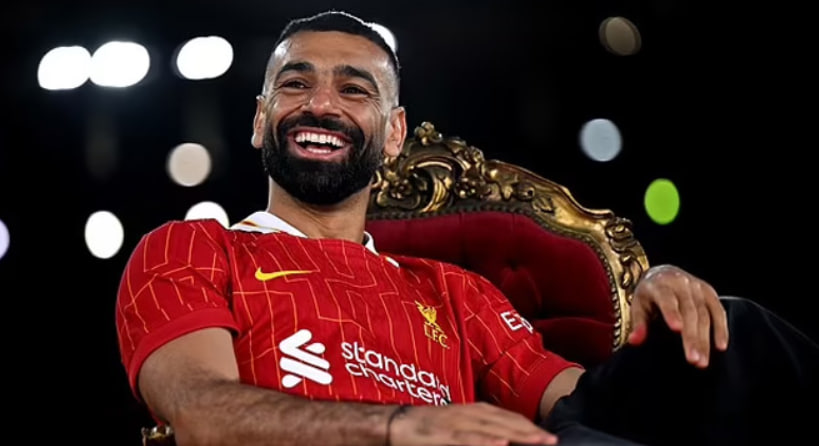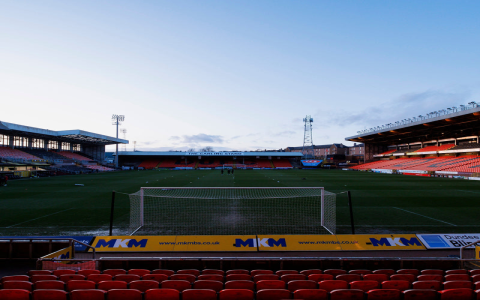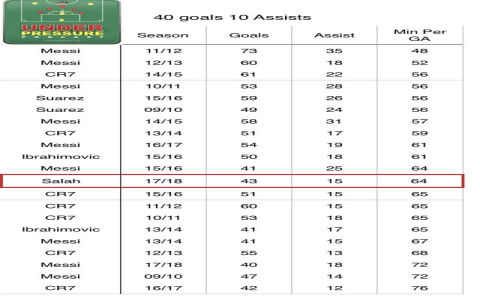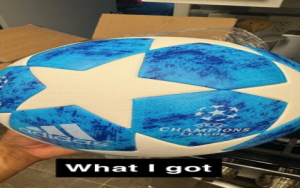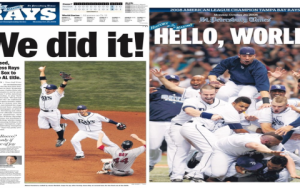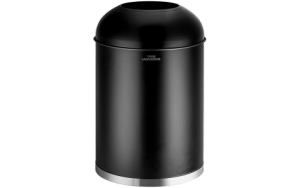In the 2024-25 season, Paris Saint-Germain will remain strong in Ligue 1 and also perform well in the Champions League. If they ultimately win the Champions League for the first time, it will be a historic moment. On the road to glory, the goalkeeper position will undoubtedly play a key role for the team.
When discussing Paris’ success this season, one cannot overlook their starting goalkeeper, Gianluigi Donnarumma. The Italian international has made numerous spectacular saves throughout the campaign, particularly in the Round of 16 clash against Liverpool, where his outstanding performance helped the team narrowly advance. It is safe to say that without him, Paris might have been eliminated long ago.
A good goalkeeper can truly be worth half a team. This is no exaggeration. Donnarumma’s former agent, Mino Raiola, even once referred to him as the “Maradona of goalkeepers,” which speaks volumes about the high regard in which he is held.
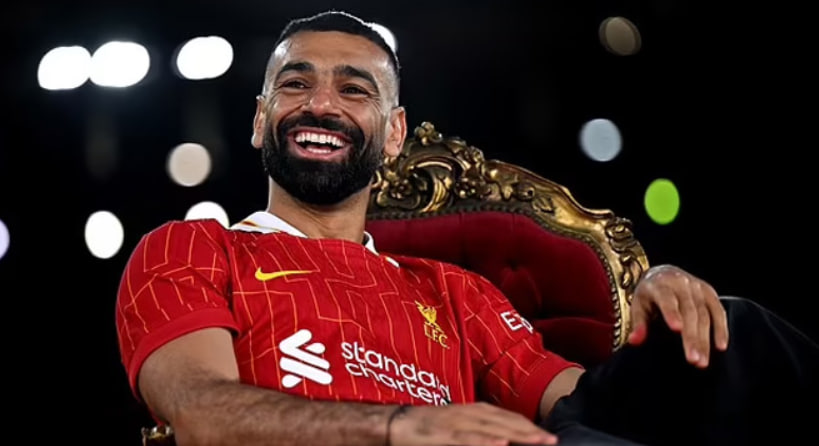
At 26 years old, Donnarumma is in the prime of his career. Generally speaking, goalkeepers have a long peak period, and players like him can maintain a high level of performance for at least seven to eight years, or even a decade. His current market value is 40 million euros, and his contract with Paris expires in the summer of 2026.
From all angles, Paris wants to keep him. After all, the team is currently on the rise and has several important matches to play in the coming years. Moreover, in Europe’s top five leagues, aside from the Saudi Professional League, there are few clubs that offer higher salaries than Paris. So the question arises: if the待遇 is so good, why is Donnarumma hesitating to renew his contract?
In fact, the contract renewal negotiations between the two parties have reached an impasse. Reports suggest that if no agreement is reached this summer, the two may part ways. This would undoubtedly be bad news for Paris.
According to ESPN, several clubs have expressed interest in Donnarumma, with Manchester United and Inter Milan being the most proactive.
Let’s first look at Manchester United’s situation. Since David de Gea’s departure, the Red Devils have struggled to find a reliable goalkeeper. In the summer of 2023, they spent 50.2 million euros to sign Onana from Inter Milan. This goalkeeper came through Barcelona’s youth system before moving to Ajax. In July 2022, Inter Milan signed him on a free transfer, and he performed very well in his first season.If it weren’t for financial pressure and Manchester United’s extremely attractive offer, Inter Milan would not have let him go so easily.
Unexpectedly, however, Onana has not been able to maintain his previous form since joining Manchester United. He has made frequent mistakes in games, putting the team’s defense in a passive position time and time again. This has made Manchester United fans start to reminisce about the past and even set their sights on new targets, such as Donnarumma.
Let’s take a look at Inter Milan. In recent years, the Nerazzurri have emphasized cost-effectiveness in their goalkeeper selections. After selling Onana, they only spent 6.9 million euros to sign Sommer, who had been released by Bayern Munich. Although Sommer started off well, his performance has declined significantly with age (he is now 36).Last season, in the Champions League semifinals against Barcelona, they conceded six goals over two legs, and in the final against Paris, they conceded five goals in a single match, directly leading to the team’s failure to win any trophies. It can be said that the goalkeeper position was one of the key reasons for Inter Milan’s failure this season. Therefore, they are also hoping to re-sign a top-tier goalkeeper, and Donnarumma is naturally their top choice.
Of course, Paris are not completely unprepared. They know that Donnarumma may leave, so they have also started looking for replacements. It is reported that they have set their sights on Lille’s young goalkeeper Chevalier.
In the 2024-25 season, Lille ranked second in Ligue 1 in terms of defense, conceding only one goal more than Paris. As the team’s main goalkeeper, Chevalier deserves much of the credit.He is only 23 years old, stands 192 cm tall, and is already the second-choice goalkeeper for the French national team. He has enormous potential and is considered one of the top goalkeepers of the future.
For Paris, if they are unable to keep Donnarumma, signing Chevalier would also be a good option. After all, the team needs a stable goalkeeper to face the challenges ahead.
In summary, Donnarumma’s future remains uncertain.Although Paris has expressed a strong desire to keep him, negotiations are progressing slowly. Meanwhile, Manchester United and Inter Milan are closely monitoring the situation and are ready to make a move at any time. Regardless of the final outcome, it will have a major impact on Paris’ overall strength next season.
For fans, this battle for the goalkeeper is undoubtedly full of excitement. Let’s wait and see who will come out on top.
